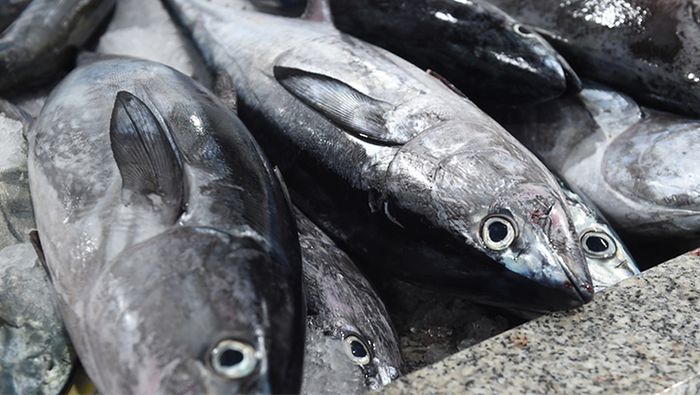Artisanal fishing in Oman has seen a significant increase in the amount of fish landed, with a total quantity of 371,934 tons recorded by the end of July 2024. This marks a 15% increase compared to the same period in 2023. The value of the landed fish reached RO 276,614,000, indicating the importance of the fishing industry to the country’s economy. The Governorate of Al Wusta recorded the highest quantity of fish landed through artisanal fishing, reaching 130,854 tons, followed by South Al Sharqiyah with 102,838 tons.
Commercial fishing in Oman also contributed to the overall quantity of fish landed, with a total of 32,976 tons recorded by the end of July 2024. Additionally, coastal fishing contributed 4,629 tons to the total quantity of fish landed during the same period. The NCSI statistics show that the Governorates of North and South Al Batinah, Dhofar, Musandam, and Muscat also recorded significant amounts of fish landing, further emphasizing the importance of the fishing industry in these regions.
The NCSI statistics revealed that small pelagic fish made up the largest quantity of fish landed by artisanal fishing, reaching 201,275 tons by the end of July 2024. Large pelagic fish also contributed significantly, with a total of 97,039 tons landed during the same period. Demersal fish made up 61,913 tons of the total quantity of fish landed, highlighting the diverse range of fish species caught through artisanal fishing in Oman.
One interesting trend noted in the NCSI statistics is the increase in the number of sharks and rays landed, with 4,810 tons recorded by the end of July 2024 compared to 3,601 tons in the same period in 2023. This could indicate a shift in the types of fish being targeted by artisanal fishermen in Oman, potentially driven by changing market demands or environmental factors impacting fish populations.
Overall, the fishing industry in Oman appears to be thriving based on the increased quantities of fish landed through artisanal, commercial, and coastal fishing. With the fish landing values reaching RO 276,614,000, the industry is a significant contributor to the country’s economy. The diversity of fish species landed also highlights the importance of sustainable fishing practices to ensure the long-term viability of the fishing industry in Oman.











